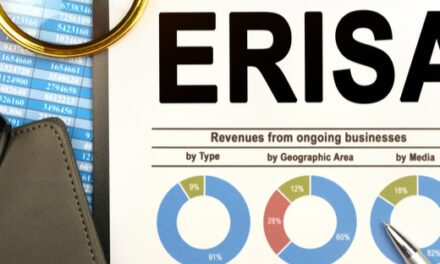
Subscribing to the Subscription Model
There are a number of benefits that accrue to businesses that adopt subscription pricing, and it’s not just technology companies making the move to a subscription model. Learn more …
To view the full article please register below:
Subscribing to the Subscription Model

The business world is moving rapidly toward subscription-based models, with new entrants—like Dollar Shave Club and Spotify—upending industries, while more established companies—such as Adobe, Microsoft and Intuit—are evolving their products toward subscription pricing.
ADVANTAGES OF THE SUBSCRIPTION MODEL
There are a number of benefits that accrue to businesses that adopt subscription pricing, including:
 A more attractive pricing structure for customers, translating into greater customer acquisition success; it is, after all, far easier for the consumer to digest a $9.99 monthly subscription than paying a one-time charge of $399
A more attractive pricing structure for customers, translating into greater customer acquisition success; it is, after all, far easier for the consumer to digest a $9.99 monthly subscription than paying a one-time charge of $399
 A better connection to the customer, where one-time payments at the point of purchase offer little toward building long-term customer relationships; the ongoing connection between a company and its customers in a subscription model allows businesses to better exercise quality control, facilitate customer feedback and enrich the value of the relationship in a continuous way
A better connection to the customer, where one-time payments at the point of purchase offer little toward building long-term customer relationships; the ongoing connection between a company and its customers in a subscription model allows businesses to better exercise quality control, facilitate customer feedback and enrich the value of the relationship in a continuous way
 A better platform from which to up-sell customers
A better platform from which to up-sell customers
 Providing more consistent, predictable cash flows that allow for better financial planning and a higher business valuation
Providing more consistent, predictable cash flows that allow for better financial planning and a higher business valuation
REAL WORLD RESULTS
 Most readers are well acquainted with subscription companies like Stitch Fix, Birchbox and Hootsuite. What may be more instructive and interesting, however, is to see the results with mature companies that have evolved their businesses toward the subscription-based model.
Most readers are well acquainted with subscription companies like Stitch Fix, Birchbox and Hootsuite. What may be more instructive and interesting, however, is to see the results with mature companies that have evolved their businesses toward the subscription-based model.
Adobe, as in the PDF company, sold its software on CDs until 2012, at which time it transitioned to subscription-based sales, as opposed to a licensing approach that required outreach to customers every couple of years to sell software updates. Since then, revenues have more than doubled.1
Microsoft realized being subject to a PC market cycle was not the best strategy for growth and higher valuation. When it introduced Office 365, its cloud-based version of Office in 2013, the stock was valued at only 11-12 times earnings2; more recently, it sits at almost 30 times earnings.
But it’s not just technology companies making the move to a subscription model. Consider Caterpillar (CAT), the maker of big machinery. CAT is changing itself into a service company to help customers become more productive through technology and services. Sure, they still sell backhoes, but they now offer Cat Connect Technologies and Services, a digital solution that weaves together smart machines, analytics and drones to offer more than just iron and engines to its customers.
THE TRANSITION MAY BE PAINFUL
As one might expect, foregoing a higher lump-sum sale for a lower monthly subscription fee means companies will take a big hit to revenues for a while. However, executed properly, businesses may find that the subscription-based model can take them to new heights.










